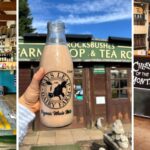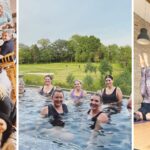- Feel Good
- 27th Oct 2020
- 1,091 Views
- 0
- 1 minutes
How to discuss race with children

It’s Black History Month in a year which saw greater awareness of racial tensions and inequalities. But where do parents begin when it comes to raising the topic of race with our kids?










Comments